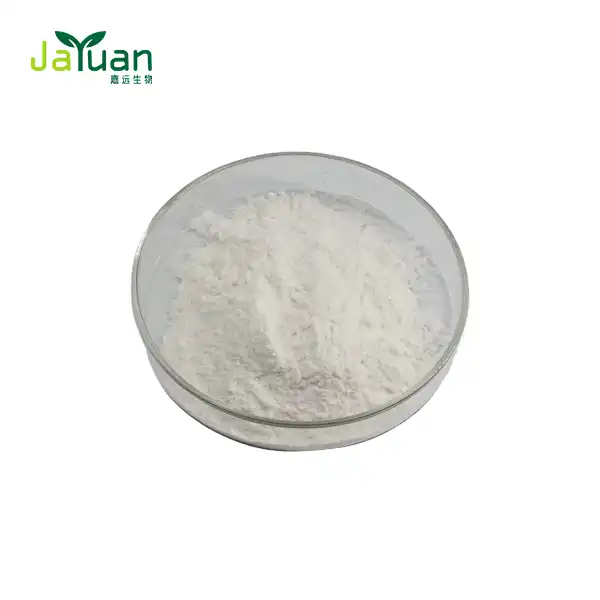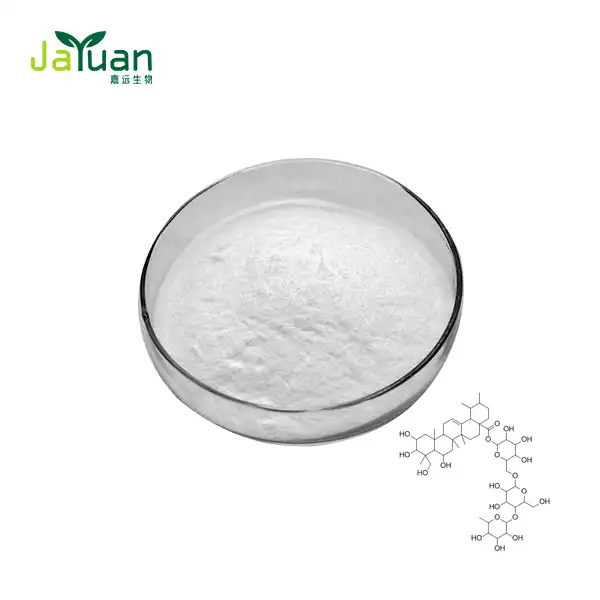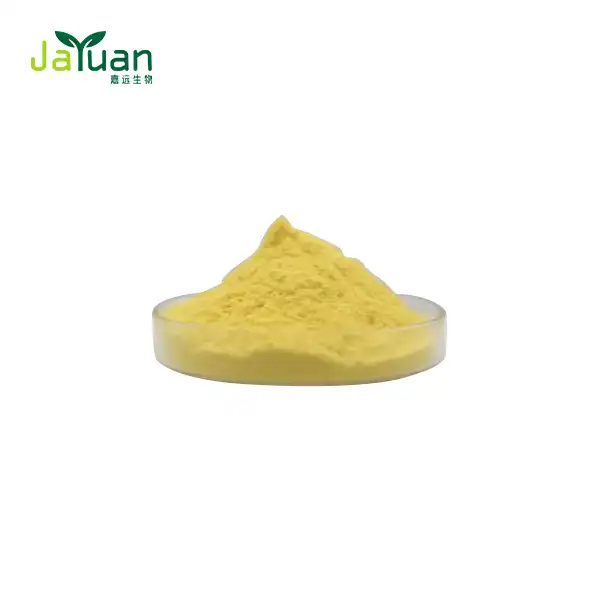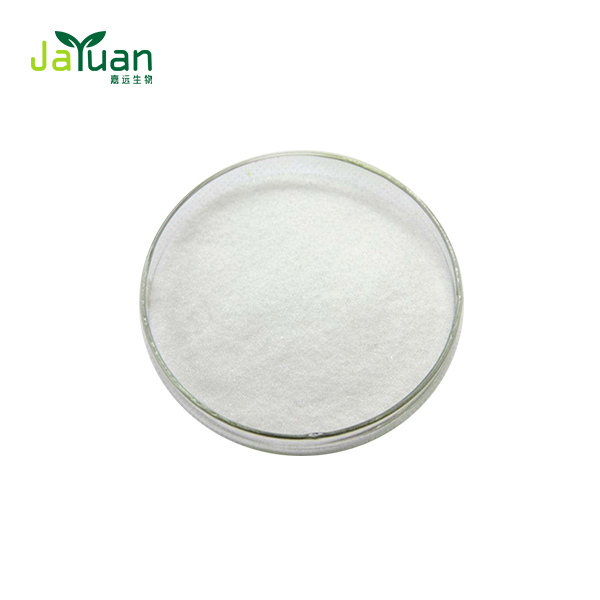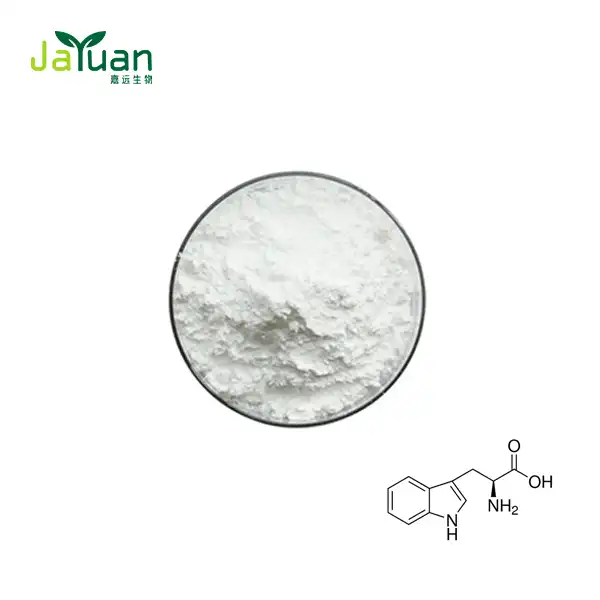Are capsaicin and cayenne the same?
With regards to fiery food varieties and regular cures, two terms frequently receive some conversational attention: capsaicin and cayenne. While they're firmly related, they're not the very same thing. In this article, we'll investigate the connection among capsaicin and cayenne, their special properties, and how they're utilized in different applications. We'll likewise dive into the entrancing universe of Capsaicin Powder and its various advantages.

Capsaicin: The Fiery Compound
Understanding capsaicin, the compound answerable for the searing intensity in bean stew peppers, offers significant experiences into its assorted applications and impacts. Capsaicin is a natural substance that is mostly found in the fruit of the Capsicum species, which is made up of a variety of chili peppers. It is known for its impactful taste and capacity to instigate a consuming sensation when consumed or applied to the skin. This extreme intensity is because of capsaicin's cooperation with the TRPV1 receptor, a protein found in nerve cells that answers heat and actual scraped spot.
Capsaicin powder, got from ground stew peppers, is a concentrated type of this compound and is generally utilized in both culinary and restorative settings. It adds a distinctive spiciness to dishes in the culinary world, enhancing the flavor profile of numerous international cuisines. Past its culinary purposes, it has critical restorative potential.
One of its eminent applications is in torment the board. Capsaicin is utilized in skin creams and fixes to give alleviation from particular sorts of agony, for example, that related with joint pain, neuropathy, and muscle strain. It works by exhausting the synapse substance P, which is engaged with sending torment signs to the mind. By diminishing substance P levels, capsaicin can assist with lightening torment over the long haul.
In research settings, capsaicin powder is utilized to concentrate on torment systems and foster new medicines. Researchers use it to actuate torment like side effects in controlled conditions, permitting them to examine ongoing agony conditions and evaluate the adequacy of possible treatments. Capsaicin's capacity to mirror the vibes of different torment problems makes it a significant instrument for figuring out torment and planning intercessions.
Generally speaking, capsaicin, whether in its crude or powdered structure, is a compound with multi-layered applications, going from upgrading food flavor to giving restorative advantages and progressing logical exploration.
Cayenne: More Than Just a Spice
Cayenne pepper, which is most well-known for its fiery heat, is more than just a spice that makes food taste better. This vibrant red pepper, which gets its name from the city of Cayenne in French Guiana, has been used for a lot more than just cooking. Its primary active ingredient, capsaicin, is what makes it so important.
Capsaicin powder, got from the dried and ground cayenne pepper, is the wellspring of the pepper's trademark hotness. This compound connects with the TRPV1 receptors in the body, which are answerable for detecting intensity and agony. At the point when capsaicin ties to these receptors, it sets off a consuming sensation, which is the essential justification for the pepper's extraordinary intensity. Notwithstanding this apparently unforgiving impact, capsaicin has a scope of valuable applications that go past just enlivening dishes.
Because of its analgesic properties, it is frequently used in health and wellness applications. It is normally remembered for creams and fixes intended to alleviate torment from conditions, for example, joint pain, muscle strain, and neuropathy. By desensitizing the pain-transmitting nerve receptors, capsaicin alleviates discomfort and improves quality of life for many people.
Also, capsaicin has been read up for its likely metabolic advantages. Research proposes that capsaicin can support digestion and help in weight the board by expanding the rate at which the body consumes calories. This impact is believed to be because of capsaicin's capacity to upgrade thermogenesis, the cycle by which the body creates heat.
Cayenne pepper likewise flaunts antimicrobial properties, making it helpful in customary medication for treating diseases and working on stomach related wellbeing. Its capacity to advance dissemination and diminish aggravation further improves its restorative potential.
In rundown, cayenne pepper and its essential dynamic part, capsaicin powder, offer a scope of advantages that stretch out a long ways past their job as a culinary zest. From help with discomfort to metabolic lifts and antimicrobial impacts, cayenne pepper has procured its place as a flexible and important fixing in both wellbeing and cooking.
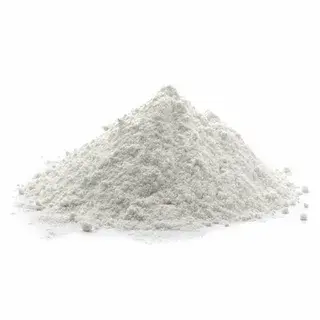
The Versatility of Capsaicin Powder
Capsaicin Powder, being a concentrated form of the active compound, has a wide range of applications beyond just adding heat to food. Here are some of the ways Capsaicin Powder is used:
- Pain Relief: Topical creams and patches containing Capsaicin Powder are used to alleviate pain associated with arthritis, nerve pain, and muscle soreness. The compound works by desensitizing pain receptors in the area where it's applied.
- Weight Management: Some studies suggest that capsaicin may boost metabolism and reduce appetite, making it a popular ingredient in weight loss supplements.
- Cardiovascular Health: Research indicates that capsaicin may help lower blood pressure and reduce the risk of heart disease.
- Nasal Congestion Relief: Capsaicin-based nasal sprays can help clear congestion and provide relief from sinus-related headaches.
- Food Preservation: Due to its antimicrobial properties, Pure capsaicin is sometimes used as a natural food preservative.
- Self-Defense Products: Pepper sprays, which contain high concentrations of capsaicin, are used as non-lethal self-defense tools.
It's important to note that while it offers many potential benefits, it should be used with caution. High concentrations can cause irritation, and it's always best to consult with a healthcare professional before using capsaicin-based products for medicinal purposes.
Conclusion
In conclusion, despite their similarities, capsaicin and cayenne are not the same thing. Capsaicin is the compound answerable for the intensity in bean stew peppers, including cayenne peppers. Pure capsaicin is a concentrated type of this compound, offering a large number of uses past adding flavor to food. Whether you're a food devotee, a wellbeing cognizant individual, or somebody searching for normal relief from discomfort choices, understanding the contrast among capsaicin and cayenne can assist you with pursuing more educated decisions about the items you use.
Contact the experts at Xi'an Jiayuan Bio-Tech if you're interested in learning more about Capsaicin Powder or other plant extracts. With their accomplished group, stable creation processes, and high level gear, they offer top notch items and altered definitions to address your issues. Contact them at sales@jayuanbio.com for more information.
References
- Srinivasan, K. (2016). Biological Activities of Red Pepper (Capsicum annuum) and Its Pungent Principle Capsaicin: A Review. Critical Reviews in Food Science and Nutrition, 56(9), 1488-1500.
- Sharma, S. K., Vij, A. S., & Sharma, M. (2013). Mechanisms and clinical uses of capsaicin. European Journal of Pharmacology, 720(1-3), 55-62.
- Whiting, S., Derbyshire, E., & Tiwari, B. K. (2012). Capsaicinoids and capsinoids. A potential role for weight management? A systematic review of the evidence. Appetite, 59(2), 341-348.
- Luo, X. J., Peng, J., & Li, Y. J. (2011). Recent advances in the study on capsaicinoids and capsinoids. European Journal of Pharmacology, 650(1), 1-7.


